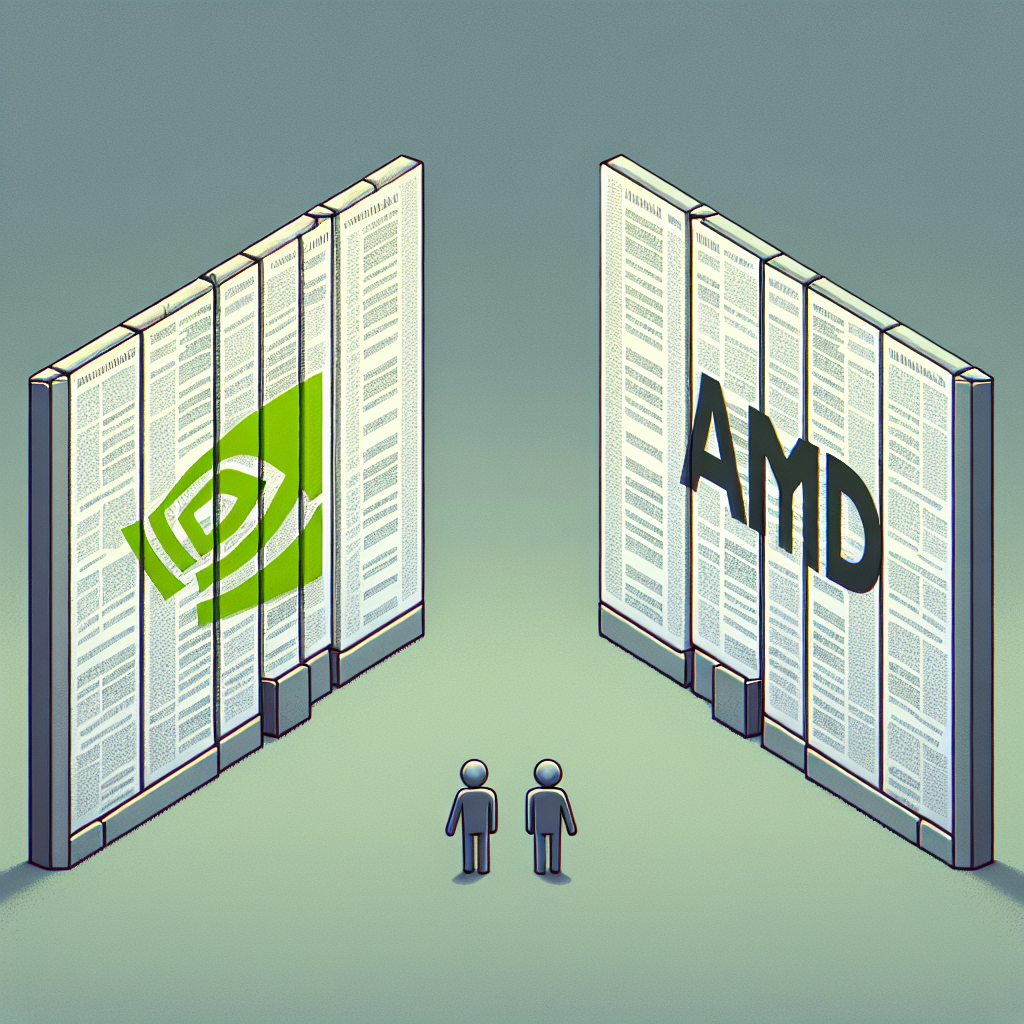NVIDIA and AMD Accelerate GPU Stockpiling to Mitigate Upcoming Tariffs

Introduction to Tariff Impacts on Tech
The technology sector is on alert as impending tariffs by the Trump administration threaten to inflate the prices of various tech products, including graphics cards. Leading graphics card manufacturers Nvidia and AMD are taking proactive measures to mitigate the impact on their upcoming products.
Nvidia and AMD's Preemptive Action
In an effort to sidestep these potential price hikes, Nvidia and AMD have ramped up the production and distribution of their next-generation GPUs. The urgency stems from the need to stockpile these products within the US borders before the tariffs come into effect on January 20. The tariffs could result in a steep 40% increase in retail prices, affecting consumer demand and sales volumes.
The Broader Impact of Tariffs
The tariff plan includes a 60% fee on Chinese imports, which would hit many tech products that rely on China for manufacturing. Items such as laptops, monitors, smartphones, and PCs, predominantly assembled in China, would see significant price increases, leading to a possible downturn in consumer purchasing power.
Logistics and Manufacturing Adjustments
Despite the assembly and packaging operations of Nvidia and AMD being localized within countries like China through partners like Foxconn and BYD, chip manufacturing often takes place in facilities owned by TSMC and Samsung in other regions. The challenge for the tech giants, however, remains in the assembly stage, heavily reliant on China's infrastructure and workforce.
Industry's Strategic Moves
Industry leaders are scrambling to retain their market positions by having their stock in place before the cutoff date. The graphics card giants, along with their AIB partners such as Asus, MSI, Gigabyte, and Zotac, are focused on meeting this logistical challenge by redirecting shipments to US warehouses faster than initially planned.
Economic Ramifications
Beyond graphics cards, the Consumer Technology Association warns of potential price surges across the board: laptops could witness a 45% rise in costs, while smartphones and game consoles may climb by 25.8% to 40%. As manufacturers grapple with these new financial burdens, the eventual cost burden will inevitably pass to consumers, affecting purchasing trends and the overall market dynamics.
Conclusion: Navigating the Changes
The technology industry stands at a crossroads with these looming tariffs. While manufacturers rush to avoid an immediate hike, the longer-term implications on production and global supply chains foretell a need for strategic adaptations. The coming weeks will be critical as companies showcase their new product lines at international events, keeping a close watch on the evolving trade regulations and their market ramifications.



Comments ()